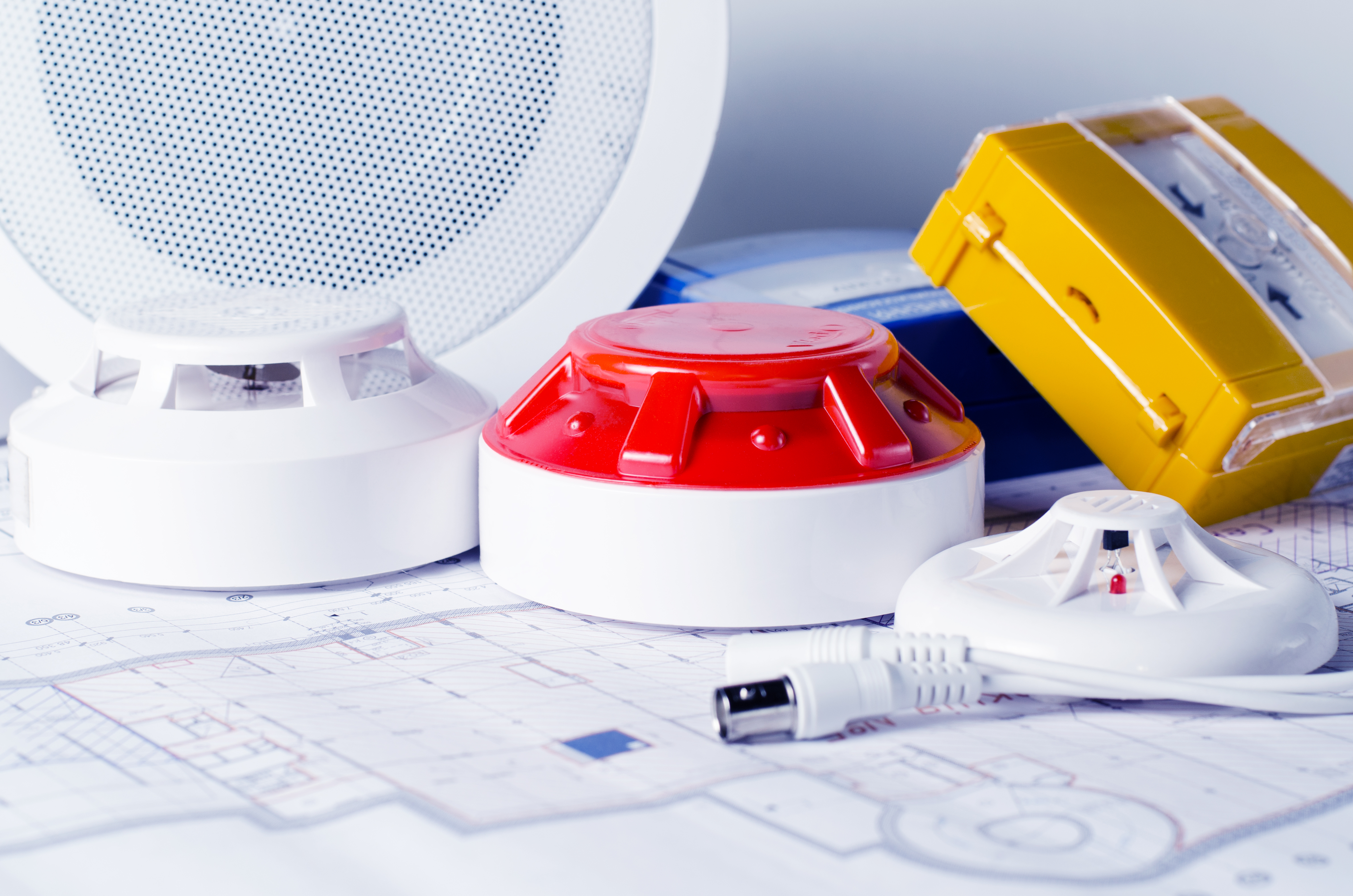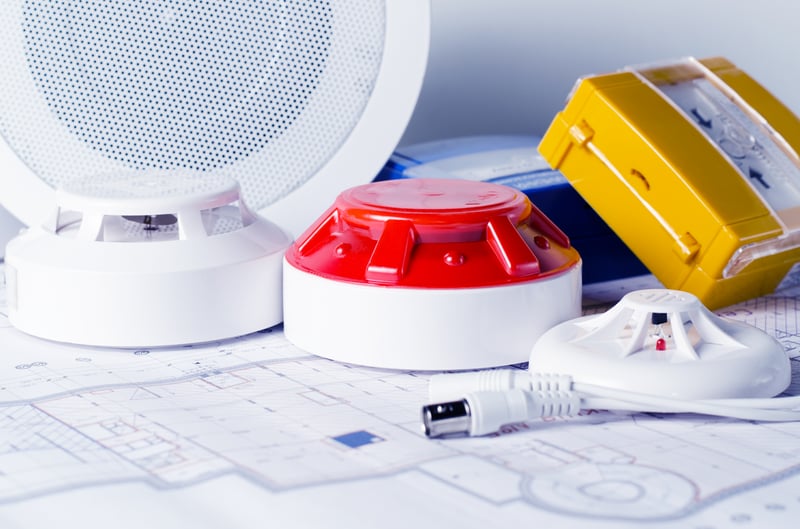Fire Prevention Resources for Your Business

RISK MANAGEMENT ALERT
Effective fire plans should include fire prevention and safety measures if a fire ignites.
Employers must prepare for emergencies.
- Ensure that all fire protection features are properly designed, installed, and maintained.
- Post clear fire escape plans on every level of a building.
- Teach employees about exit locations, escape routes, and fire protection equipment.
- Check the condition of fire ladders and escapes.
- Conduct regular emergency drills.
Train employees to recognize these common fire hazards.
- Check for damaged or overloaded electrical outlets, cords, and cables.
- Keep anything that can burn away from electrical equipment.
- Never leave portable heating devices unattended.
- Keep workspace and equipment clean, dry, and well ventilated.
- Plan and practice multiple escape routes in case one is blocked.
- Ensure windows can be opened and screens can be removed.
- Remove any obstacles from exits.
Workplace Trends*
- The most common time for an office fire is lunchtime, between 12:00 p.m. and 2:00 p.m.
- 69% of office fires happen between 7:00 a.m. and 7:00 p.m.
- The most common causes of office fires are cooking equipment and electrical equipment.
- In manufacturing facilities, the leading causes of fire ignition are heating equipment, shop tools, and mechanical failure/malfunction.
- In restaurant environments, any of the cooking equipment that produces grease-laden vapors is susceptible to a buildup of grease not only on the cooking surfaces but also in the ventilation and ductwork systems, which increases ignition risk.
- Ignition causes that are found across multiple work environments include overuse or improper use of extension cords, overloading older electrical systems, allowing lighting fixtures that give off extreme heat to be too close to combustible materials, and supplementing normal building heating systems with space heaters.
*Statistics from the National Fire Protection Association (NFPA).
Additional Fire Prevention Measures
- Paper and other dry waste should be stored and disposed of in an orderly fashion—away from workstations and electrical equipment—to reduce the chance of damage or life risk if they accidentally ignite.
- Office and factory electrical equipment get hot and should be maintained regularly to thwart faulty wiring or other risk of ignition.
- Combustible materials and electrical equipment don’t mix; keep them separate in your work environment.
Questions? Contact our Risk Management team at 315-235-4700.
A portion of this Risk Management email was provided by:
U.S. Fire Administration: https://www.usfa.fema.gov/stories/workplace-fire-safety/
U.S. Chamber of Commerce Foundation: https://www.uschamberfoundation.org/story/fire-preparedness-measures-every-business
